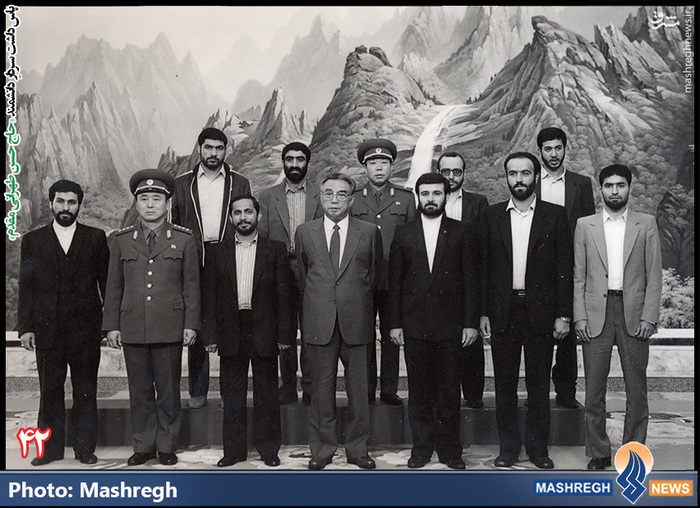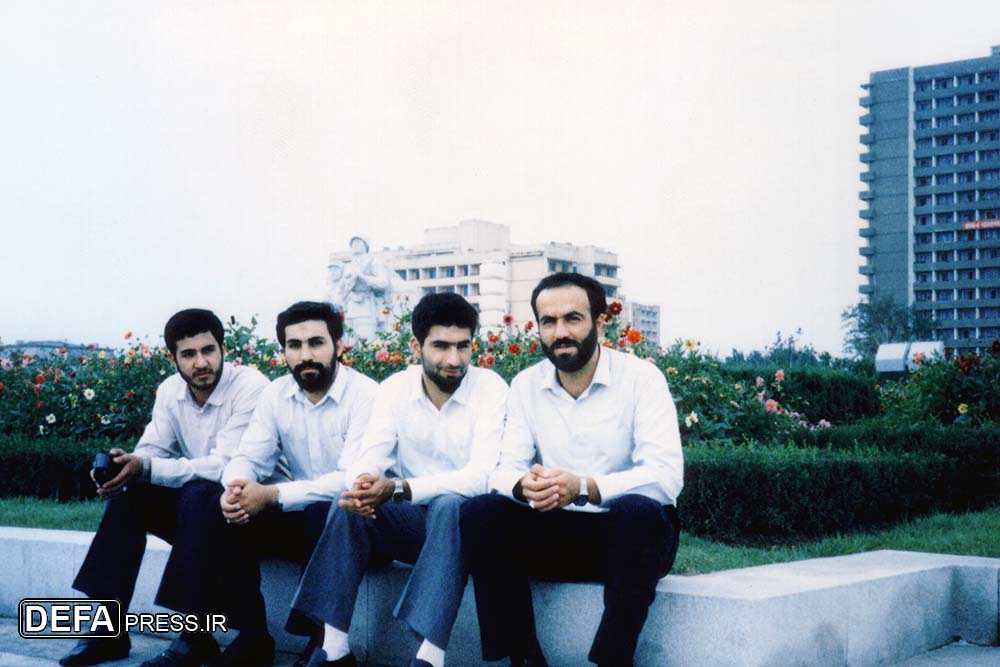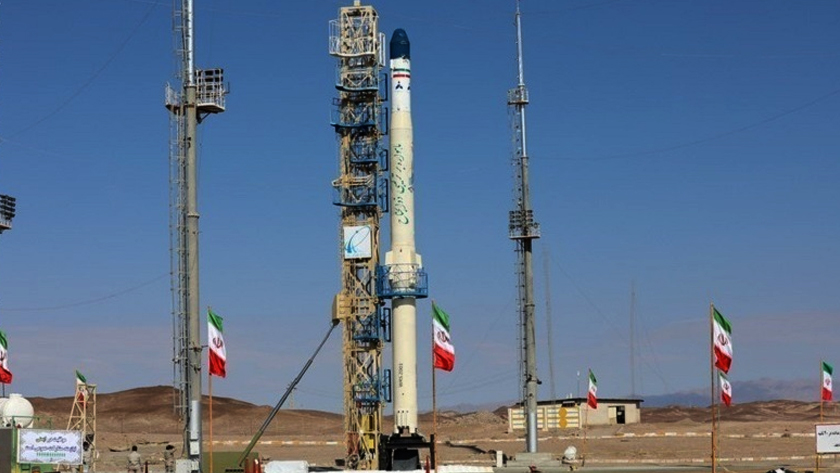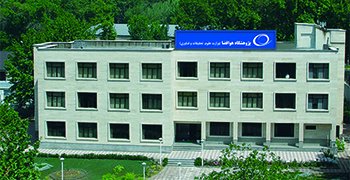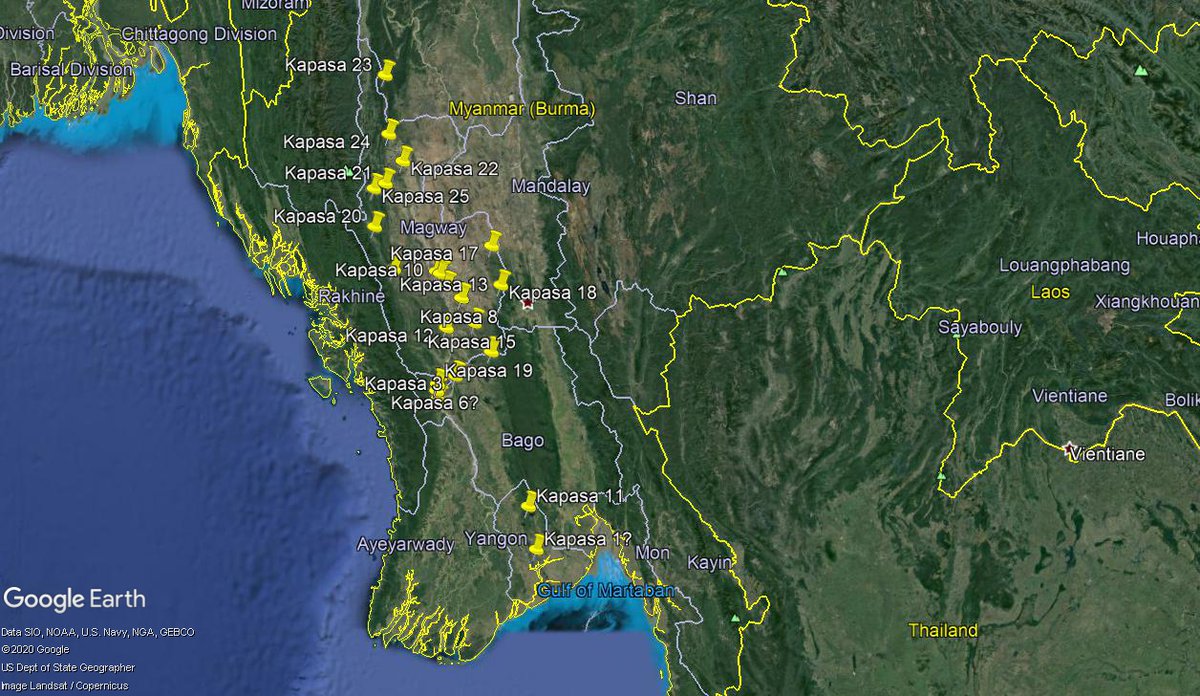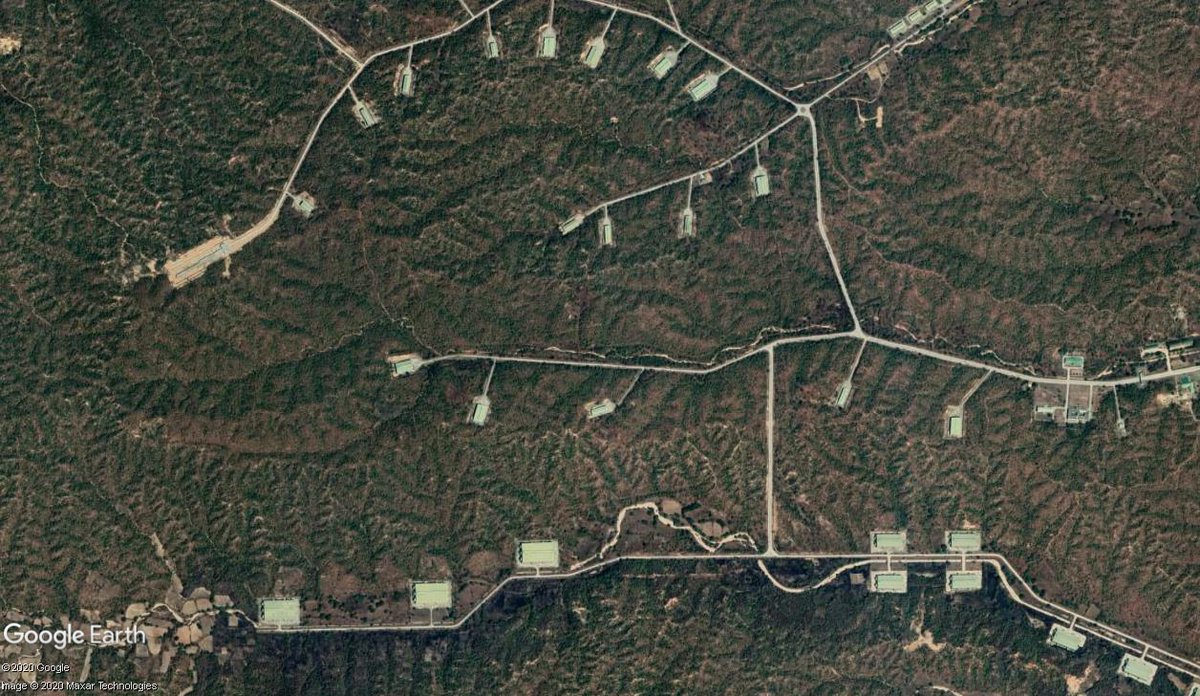
Video of the Iranian Defense Industries Organization's (DIO) recently inaugurated new solid propellant plant (from 0:30).
The report mentions that similar facilities are operated by AIO but DIO established this one to further strengthen the supply chain with all equipment designed and produced domestically.
There is a single outside shot showing mountains, some poles or support structures as well as overground piping likely for centralized climate control. 

I have a suspicion it could be this new site within the Parchin complex but haven't been able to match the October 2020 satellite imagery to the outside shot yet. 35.565477° 51.778603° 

• • •
Missing some Tweet in this thread? You can try to
force a refresh

